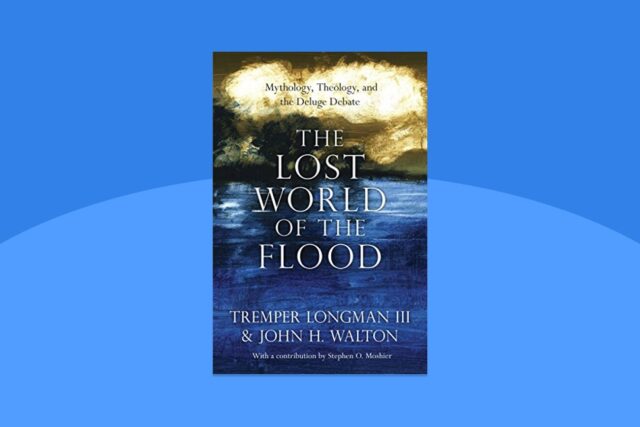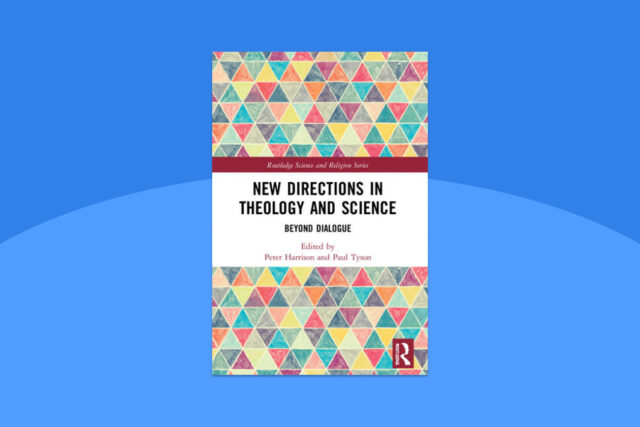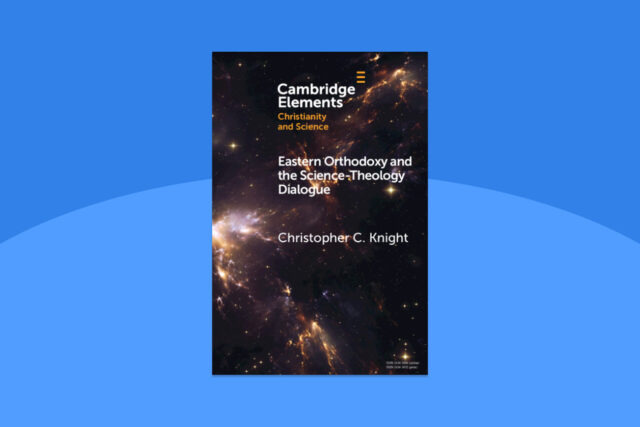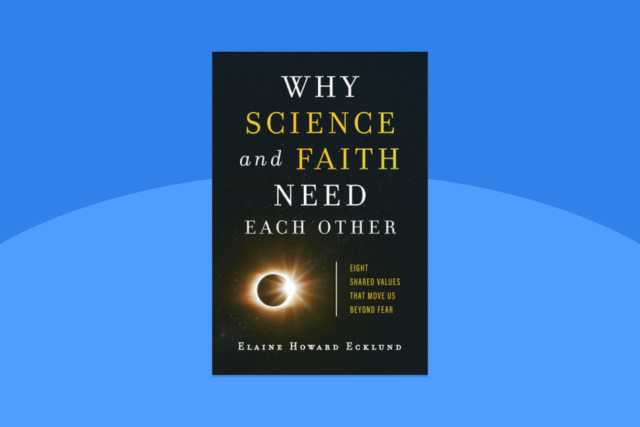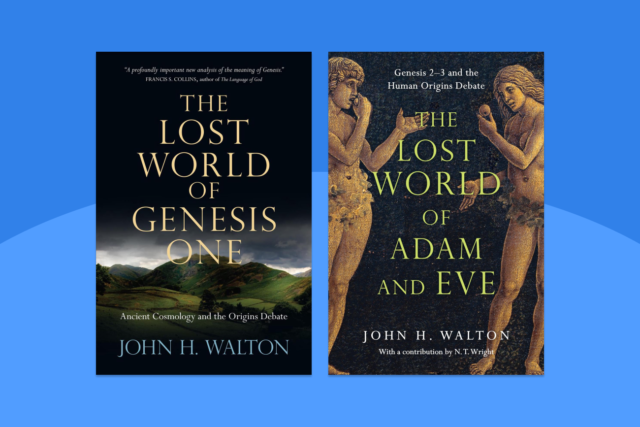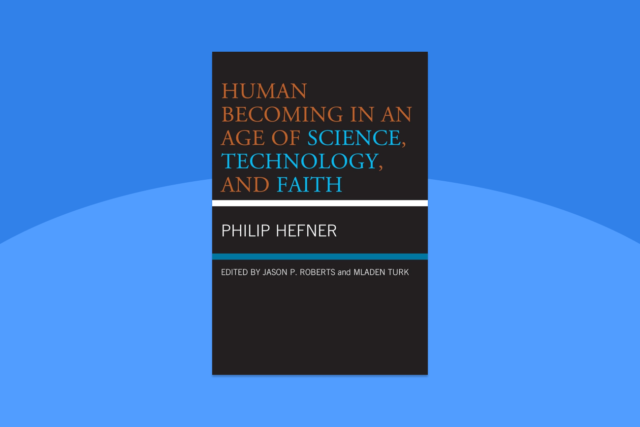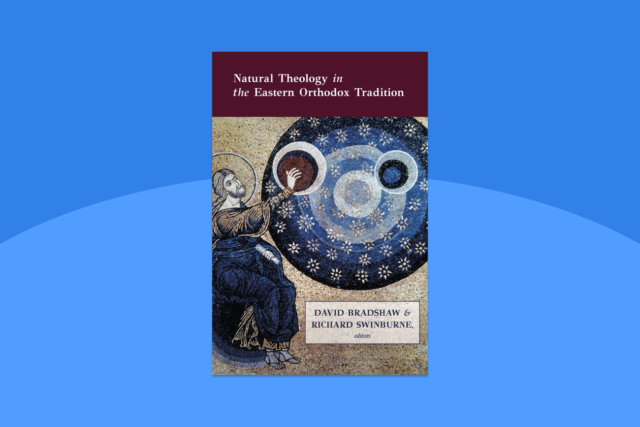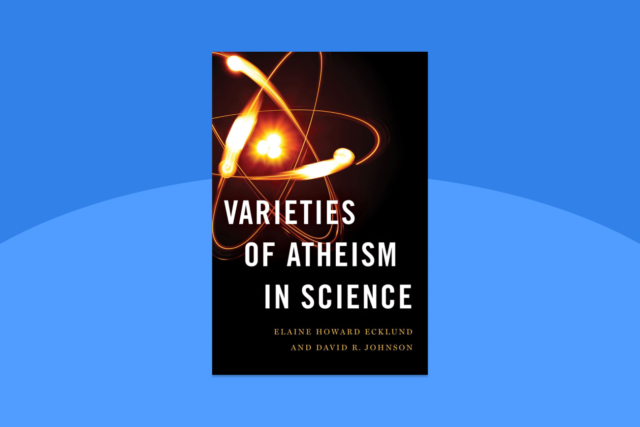
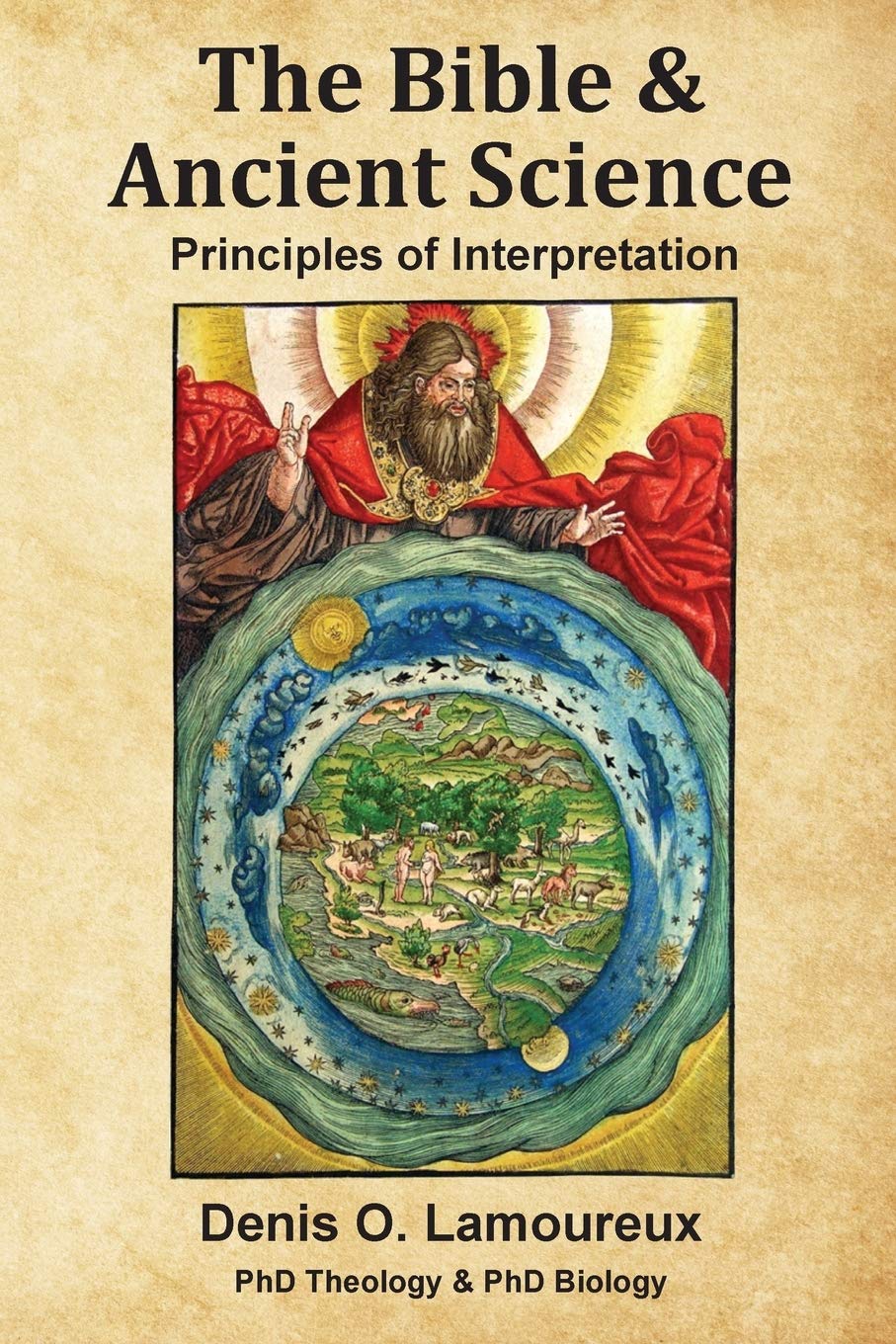
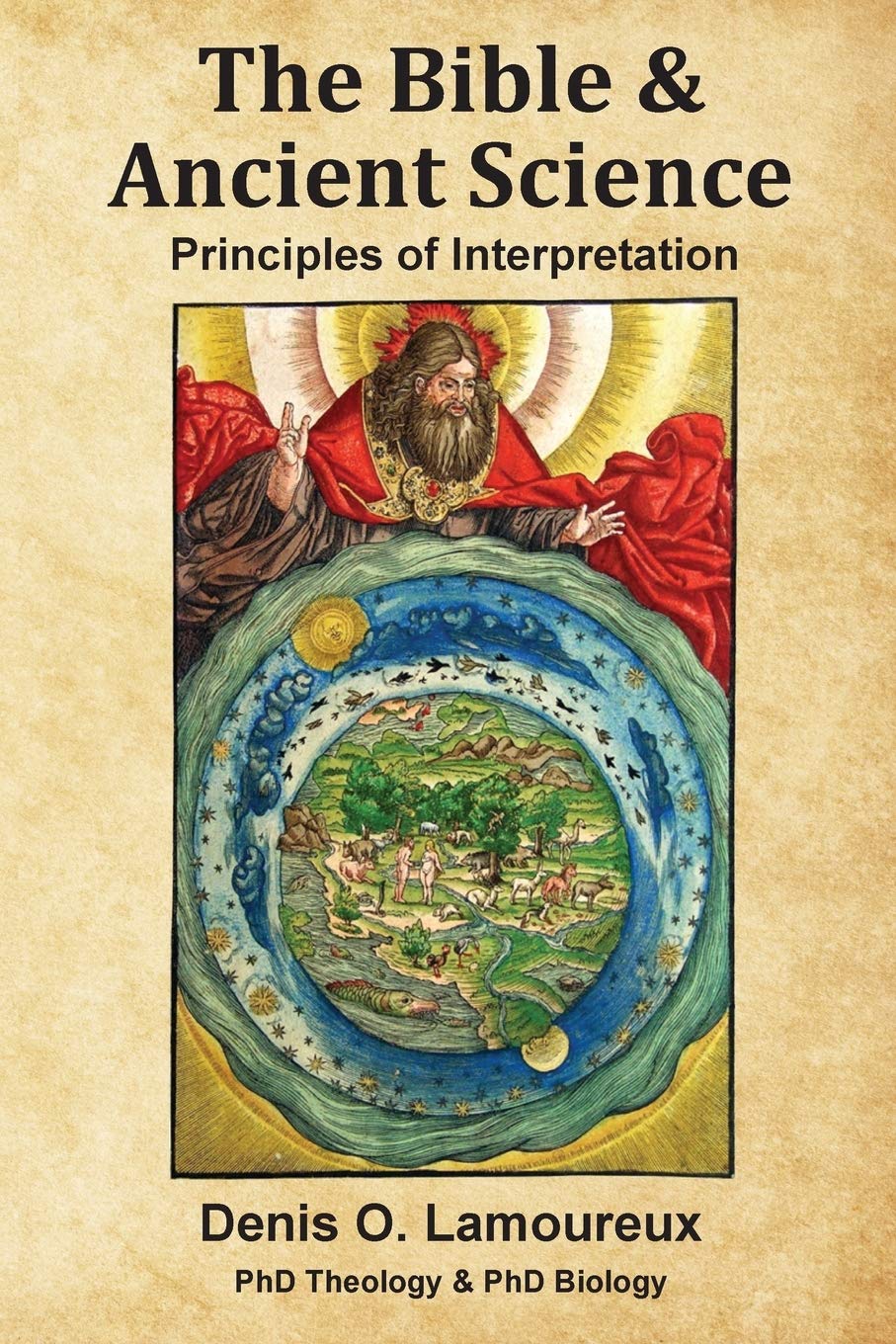
Review of The Bible & Ancient Science: Principles of Interpretation by Denis O. Lamoureux
Reviewed by Jonathan M. Hanes
Introduction
Considering the amount of literature dedicated to the relationship between the Bible and science, it would be understandable to conclude that there isn’t much more that could (or should) be written about it. However, what if there was a perspective that didn’t seem to be part of the typical discourse, yet logically resolved apparent discrepancies between the Bible and science? This is precisely what The Bible & Ancient Science does. As indicated by the cover, Dr Lamoureux comes to this topic dually credentialed with Doctor of Philosophy degrees in theology and biology. In the book, Lamoureux advocates for his view of understanding the Bible and science by identifying a common, problematic view and responding to it in the form of twenty-two “hermeneutical principles.”
The stated problem: Scientific concordism
Some Christians approach the relationship between the Bible and science with the presupposition that God intends the Bible to provide a scientifically accurate representation of nature and how it was created. In other words, the Bible portrays nature and its creation in a way that can be verified empirically. Dr Lamoureux calls this view “scientific concordism” (pp. 2, 27) and finds it problematic for a number of reasons. In particular, some descriptions of nature in the Bible contradict common, modern scientific facts. For example, we know that the Earth is a round, sphere-like planet (“oblate spheroid”, to be exact) that spins and orbits the sun (Hess, pp. 12, 18). According to Lamoureux,
The biblical authors and their readers assumed that the earth: (1) is flat, (2), immovable, (3) has solid foundations that are set in water, (4) is surrounded by a circumferential sea, (5) has a circular outer boundary, (6) comes to an end at the shoreline of a circumferential sea, and (7) has an underworld below its surface (p. 108).
Referencing numerous Bible passages, he also notes that they assumed,
(1) The earth and circumferential sea are enclosed by a solid dome-like structure known as the “firmament”, (2) the heavens (firmament) have ends and are set on pillars/foundations, (3) a heavenly sea is held up by the firmament, (4) the sun, moon, and stars are placed in the firmament, (5) the sun actually moves across the sky every day, (6) at the end of time stars will fall to the earth and the heavens will be rolled up, and (7) the heavens are made up of two physical regions: the lower heavens contain the atmosphere and firmament, and the upper heavens is the realm of God and the angels and include his divine dwelling (p. 123).
Again, it is common scientific fact that, among other things, there is no solid covering over the Earth, there isn’t actually a sea in the sky, and the sun doesn’t travel from east to west over the earth.
The proposed solution: 22 hermeneutical principles
The clear discord between modern science and some biblical descriptions of nature forces us to critically assess our approach to interpreting the numerous passages cited by Lamoureux. Indeed, this seems to be exactly the place he endeavors to bring us to. In doing so, he offers an interpretive approach that isn’t premised on scientific concordism. In short, he argues that biblical statements about nature and how it was created reflect an ancient understanding of these things (hence, the reference to “ancient science” in the book’s title). He presents this view at length through twenty-two hermeneutical principles. While much could be said about all of the principles, I’ll highlight five of them that seem closest to the core of his view.
“Scientific concordism and spiritual correspondence” (pp. 26–31)
This principle introduces the hermeneutical concept of “spiritual correspondence” as a better way of understanding God’s intent in the Bible (p. 28). According to this concept, and in contrast to scientific concordism, the purpose of the Bible is to accurately convey spiritual things, rather than describe scientifically how nature was created.
“Eisegesis vs. exegesis” (pp. 32–38)
This principle highlights our human tendency to read our modern understanding of nature into the Bible (eisegesis), instead of reading the ancient writers’ understanding out of the Bible (exegesis). As Lamoureux notes, “This is the mistake most people make by forcing the modern scientific notion of a spherical earth into the Bible when reading the word “earth” in Genesis 1:2” (p. 32). He demonstrates exegesis by taking a brief look at Philippians 2:5–11, which reveals the Apostle Paul’s understanding of the universe as having three tiers: “According to this ancient science, the world has three levels: heaven overhead, the surface of a flat earth in the middle, and a lower region inside the earth.” (p. 34).
“Ancient and modern phenomenological perspectives” (pp. 39–44)
According to this principle, differences in the capability of ancient and modern people to sense natural phenomena can help explain why the ancient science expressed in the Bible doesn’t accord with modern science. For example, in the absence of advanced scientific instrumentation and technology, ancient people could rely only on their natural senses. Therefore, they understandably perceived the sun moving over a stationary, flat earth with blue water being suspended above the earth. As additional examples, Lamoureux mentions “categorization of bats as birds” (p. 42) and “the ancient biological notion that living organisms are immutable” (p. 43).
“The message-incident principle” (pp. 45–52)
This principle, which Lamoureux calls “most important” (p. 45), contends that the “inerrant spiritual truths” of the Bible are communicated through incidental details that enable the reader/audience to understand them (pp. 46–47). He describes these incidental details as “vessels” (p. 47). According to him, the ancient science expressed in the Bible is precisely this type of vessel. Here again, he turns to Philippians 2 as a case in point:
In Philippians 2:9–11, the Holy Spirit allowed the apostle Paul to use the ancient notion of the 3-tiered universe as an incidental vessel to deliver an inerrant message of faith. As a result, Paul and his readers would have fully comprehended that Jesus is the Lord of the whole world, because from their ancient phenomenological perspective, the 3-tier universe was understood to be the entire universe (pp. 47–48).
“Historical criticism” (pp. 98–107)
To buttress his claim that the Bible expresses an ancient science, Dr Lamoureux points to similar descriptions of nature in Egypt and Mesopotamia. He describes the implications of this historical criticism and what it highlights. Among other things, he notes that,
An ancient understanding of the structure and operation of the earth and heaven in Scripture raises challenging questions about God’s creative action. Should the Bible present the creator making a 3-tier universe de novo (quick and complete), it becomes clear that the word of God does not reveal how he actually created the world because we do not live in such a world. Consequently, the Lord’s creative action in Scripture would have been filtered or accommodated through ancient scientific categories of origins, like de novo creation (p. 107).
Critical analysis
There are a number of things about this book to commend. First, the central argument makes good, logical sense. Indeed, it can be laid out in the following deductive form:
Premise 1: God reveals himself in ways people can understand.
Premise 2: People understand new information in the context of their perceptions of the world.
Conclusion: God reveals himself to people in the context of their perceptions of the world.
Applying this logic to the ancient world, then:
Premise 1: God revealed himself in ways ancient people could understand.
Premise 2: Ancient people understood new information in the context of their perceptions of the world.
Conclusion: God revealed himself to ancient people in the context of their perceptions of the world.
Second, Lamoureux’s approach can help reverse the negative impacts of scientific concordism on some evangelical perceptions of modern science. Scientific concordism leads naturally to an opposition toward some modern scientific concepts, such as biological evolution and geologic time, that can foster a broader mistrust of the scientific enterprise. For example, Dr Katharine Wilkinson’s research on evangelical views of climate change reveals the larger consequences of longstanding, evangelical opposition toward evolution. According to Dr Wilkinson, “…with roots in the evolution-creation debate, a general culture of scientific skepticism exists in many evangelical circles, one culture that hangs heavy over evangelical discussions of climate change” (Wilkinson, p. 95). This dynamic is symptomatic of the “scandal of the evangelical mind” described by historian and evangelical, Dr Mark Noll (Noll, p. 3, also see pp. 177–208). He notes the irony of this mistrust of science: “By holding on so determinedly to our beliefs concerning how we concluded God had made nature, we evangelicals forfeited the opportunity to glorify God for the way he had made nature” (ibid, p. 199). Indeed, in his conclusion, Lamoureux articulates how the interpretive approach he outlines rectifies this problem:
Free from the chains of scientific concordism, we can now explore the majestic creation without fear or guilt and even study the Lord’s creative process by using modern scientific methods and instruments. We should be grateful that our Creator has gifted us with the intellectual ability to explore his marvellous world (p. 194).
Finally, he is charitable in the way he describes those he disagrees with. This is on display when he describes both Billy Graham and Henry Morris (a scientific concordist) as “faithful Christians” (p. 26) and “…wonderful Christians who loved the Word of God.” (p. 28). Clearly, he doesn’t lose sight of the commonalities among Christians who hold different views about the Bible and science. In doing so, he sets an example for all of us that prioritizes the uniting gospel of Jesus Christ when engaging with other Christians about topics that can invoke passionate feelings and views.
In my opinion, the one significant, problematic element of this book is found in his chapter on the hermeneutical principle of “Literary Criticism” (pp. 162–177). While this is an important discussion, it has little to do with the “ancient science” that occupies most of this book and bears the name of the title. He engages in this discussion to make the argument that Genesis 2–3 did not actually occur, but are instead fictional stories meant to illustrate spiritual truth. This deviation from the larger focus of the book on the Bible’s ancient science complicates the overall coherence of the book. Within this chapter, he cites the book of Job as an example of God’s use of fictional stories to articulate inspired truths. In doing so, he raises problematic questions about his approach to Job and, perhaps, to scripture in general. For example, he asks the following rhetorical questions about the book:
First, are we to believe that Satan can just appear in heaven and bait God to prove a point? In particular, would the Lord allow Satan to murder Job’s ten children and his servants in order to test Satan’s assumption that Job would curse God for these events? Does this sound like something God would permit? Satan is then allowed to inflict Job with a dreadful disease with the same intention of inciting him to curse the Lord. Would Jesus let Satan do this? (pp. 169–170)
To be sure, these questions highlight difficult aspects of the book of Job that we should evaluate and wrestle with. However, implicit in these questions is the assumption that biblical portrayals of God must be emotionally palatable to us in order to be true. Furthermore, Lamoureux’s position raises an important question that is left unresolved: If the book of Job is fictional, why would the author choose to portray God in this way and what are we to make of it? The difficult nature of this book can’t be dismissed entirely by asserting that it’s fictional. Here, Lamoureux’s approach lacks the hermeneutical rigor that characterizes the rest of the book. This particular hermeneutical principle deserves a more thorough, nuanced treatment than it receives here.
Conclusion
Dr Lamoureux’s description of the Bible’s ancient science as the means by which spiritual truths were delivered and understood simultaneously affirms the spiritual authority of the Bible and leaves greater room for modern science to reveal truth about God’s world. My own understanding of the relationship between the Bible and science is greatly enhanced by his approach and I believe the same will be true for other Christians as well. However, the concerning elements of Dr Lamoureux’s literary criticism outlined above may understandably limit its impact among some evangelical Christians.
References
Hess, D. and Tasa, D. (2014). McKnight’s Physical Geography: A Landscape Appreciation (11th ed). Pearson.
Lamoureux, D.O. (2020). The Bible & Ancient Science: Principles of Interpretation. McGahan, Tullahoma.
Noll, M.A. (1994). The Scandal of the Evangelical Mind. Wm. B. Eerdmans, Grand Rapids.
Wilkinson, K.K. (2012). Between God & Green: How Evangelicals Are Cultivating a Middle Ground on Climate Change. Oxford, New York.

